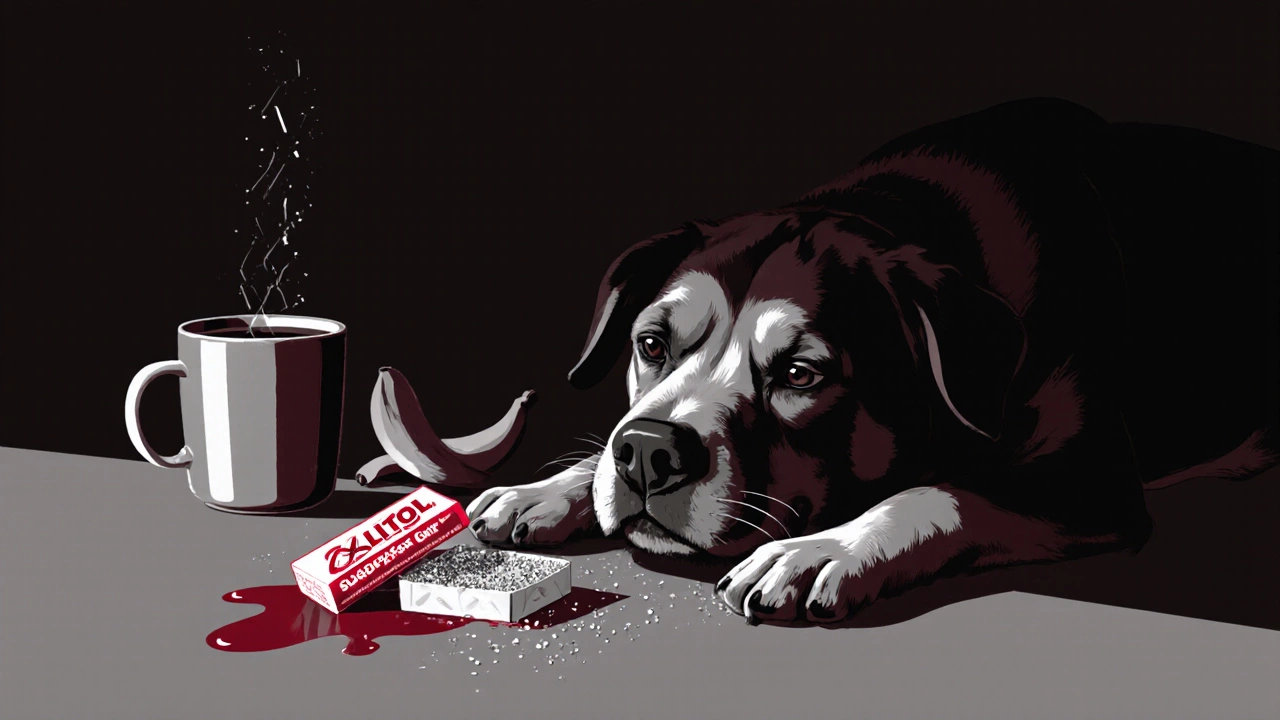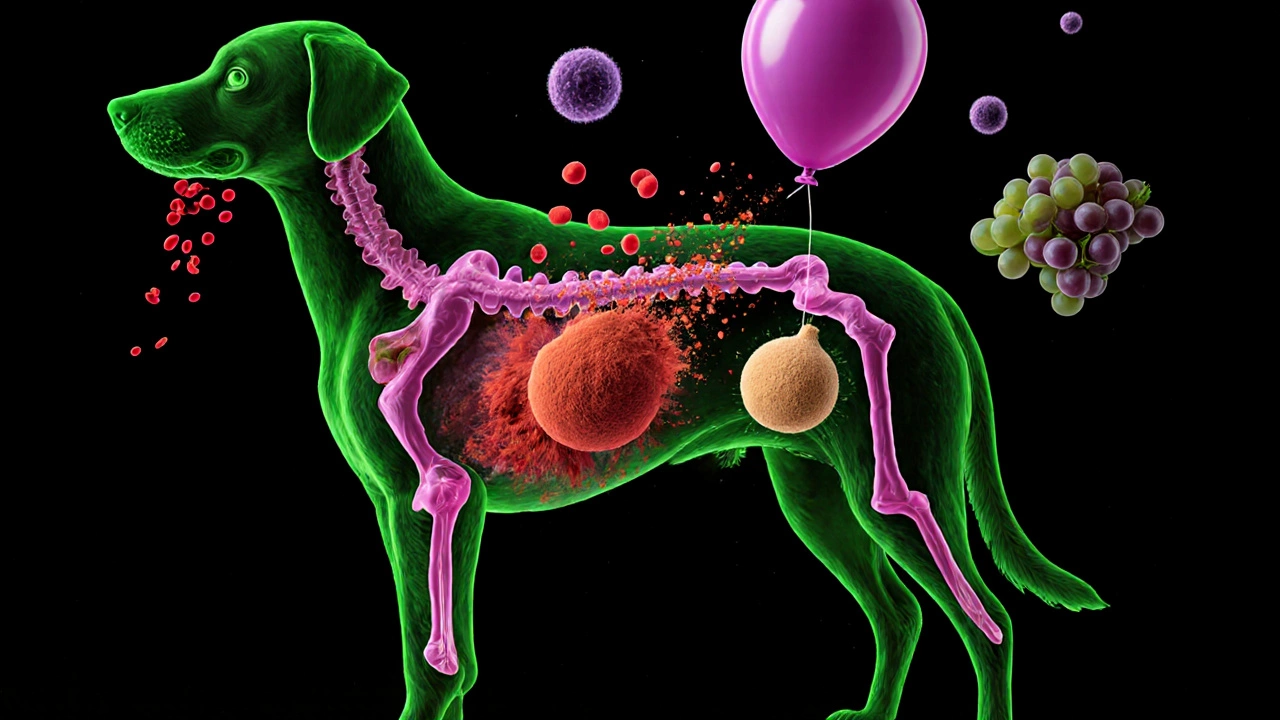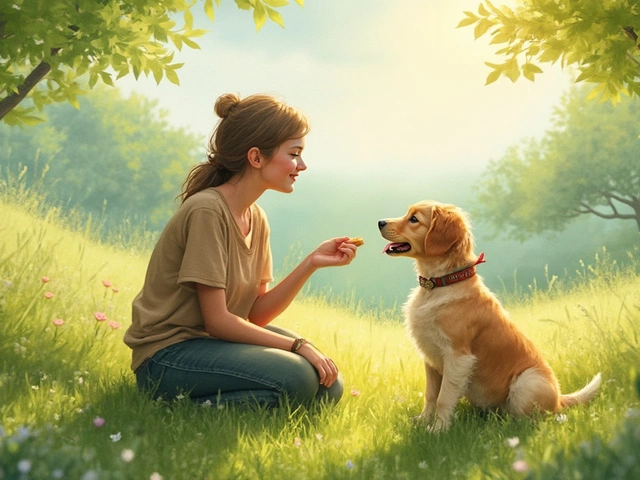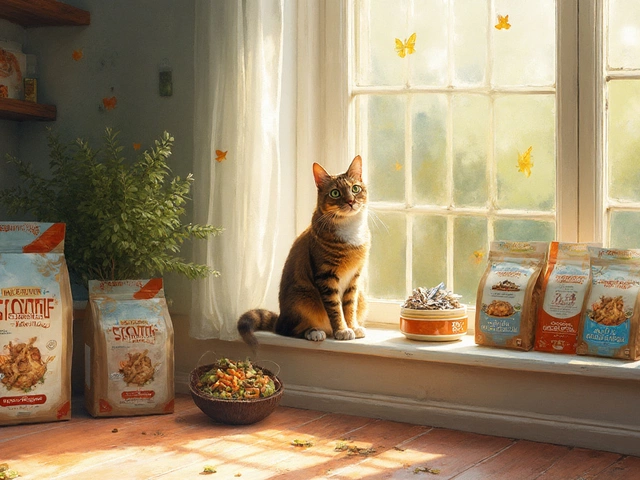It’s easy to think that sharing a bite of your dinner with your dog is just a little act of love. But some foods that seem harmless-or even tasty to us-are deadly to dogs. And the worst part? Many owners don’t realize the danger until it’s too late.
Chocolate: The Silent Killer
Chocolate is the most common cause of dog poisoning in homes. It’s not just about the amount-it’s about the type. Dark chocolate and baking chocolate contain high levels of theobromine, a stimulant dogs can’t break down. A small 10-pound dog can get sick from just one ounce of dark chocolate. Symptoms include vomiting, rapid breathing, tremors, seizures, and even heart failure. There’s no antidote. If your dog eats chocolate, you need to get to a vet immediately. The vet will induce vomiting, give activated charcoal to block absorption, and monitor heart rhythm for up to 72 hours. Don’t wait for symptoms to appear. Time is critical.
Xylitol: The Sweet Trap
You might think sugar-free gum or peanut butter is safe because it’s labeled ‘no sugar.’ But xylitol, a sugar substitute found in over 400 products-from gum to toothpaste to baked goods-is extremely toxic to dogs. Just 0.1 grams per kilogram of body weight can cause a life-threatening drop in blood sugar. That’s less than a stick of gum for a medium-sized dog. Within 10 to 60 minutes, your dog may collapse, have seizures, or go into liver failure. The liver damage can be silent at first. One study from the American Veterinary Medical Association found that 70% of dogs who ate xylitol developed acute liver failure, even if they seemed fine hours later. Always check labels. If it says ‘sugar-free,’ assume it’s dangerous unless you know for sure it’s safe for dogs.
Onions, Garlic, and Chives: The Invisible Threat
These aren’t just flavor boosters for your stir-fry-they’re red blood cell destroyers for dogs. All forms matter: raw, cooked, powdered, or in soup. Even a small amount over time can build up to dangerous levels. Onions contain N-propyl disulfide, which damages hemoglobin in red blood cells, leading to anemia. Signs include weakness, pale gums, rapid breathing, and dark urine. A single onion can poison a 20-pound dog. Garlic is less potent but still harmful, and many dog owners mistakenly think it’s a natural remedy for fleas. It’s not. It’s poison. There’s no safe amount. If your dog eats even a teaspoon of onion powder in a meal, get them checked. Blood tests can catch anemia before it becomes critical.
Raw Yeast Dough: The Expanding Danger
It sounds harmless-a bit of bread dough left to rise on the counter. But for dogs, raw yeast dough is a double threat. First, the yeast ferments in the warm stomach, producing alcohol. This can lead to alcohol poisoning: vomiting, disorientation, low body temperature, and coma. Second, the dough keeps expanding inside the stomach, causing dangerous bloating and possible stomach rupture. One case reported in the Journal of the American Veterinary Medical Association involved a dog that ate dough and ended up with a stomach stretched to three times its normal size. Emergency surgery was needed. Never leave dough unattended. If your dog gets into it, don’t wait for symptoms. Call your vet right away.

Grapes and Raisins: The Mystery Toxin
There’s no known mechanism for why grapes and raisins cause kidney failure in dogs, but the evidence is undeniable. One dog might eat a few raisins and be fine. Another might eat the same amount and develop acute kidney failure within 24 hours. There’s no safe threshold. A single grape can be dangerous for a small dog. Symptoms include vomiting, lethargy, loss of appetite, and decreased urination. Kidney damage can be permanent-even fatal-even with treatment. The ASPCA Animal Poison Control Center reports over 1,000 cases annually. If your dog eats even one grape, treat it like an emergency. Early intervention with IV fluids and blood work can save their kidneys.
Alcohol and Caffeine: Don’t Share Your Coffee or Beer
It’s not just about getting drunk. Even a sip of wine, a drop of whiskey, or a lick of coffee can be deadly. Alcohol affects dogs much faster than humans. A tablespoon of rum can intoxicate a small dog. Symptoms include vomiting, lack of coordination, low body temperature, slow breathing, and coma. Caffeine is even more dangerous. A single espresso bean can poison a 10-pound dog. Coffee grounds, tea bags, energy drinks, and chocolate-covered coffee beans are all risks. Dogs don’t metabolize caffeine well. It overstimulates their nervous system and heart. One case in New Zealand involved a dog that ate leftover coffee grounds from a compost bin and needed 48 hours of intensive care. Keep all caffeine and alcohol out of reach-no exceptions.
Macadamia Nuts: The Little Nuts with Big Consequences
These nuts are harmless to humans but can cause severe neurological symptoms in dogs. As little as two nuts per pound of body weight can trigger weakness, tremors, vomiting, and high fever. Dogs often can’t stand on their back legs. Symptoms usually show up within 12 hours and can last up to 48. The exact toxin is unknown, but recovery often requires hospitalization. There’s no specific antidote. Treatment is supportive: fluids, temperature control, and monitoring. Don’t assume your dog is fine just because they didn’t eat many. Even one macadamia nut can cause trouble.
Avocado: Not Just the Pit
Many people think avocado is healthy-and it is-for humans. But for dogs, the problem isn’t just the pit. The flesh contains persin, a fungicidal toxin that can cause vomiting, diarrhea, and in some breeds, fluid buildup around the heart. German Shepherds and large breeds are more sensitive. The pit is a choking hazard and can cause intestinal blockage. Even if your dog only eats the flesh, it’s not worth the risk. Some dog food brands include avocado oil in small amounts because it’s been processed to remove persin. But fresh avocado? Skip it. No exceptions.

What to Do If Your Dog Eats Something Toxic
Don’t panic. Don’t try to make your dog vomit unless a vet tells you to. Some substances cause more damage coming back up. Don’t give home remedies like milk or peanut butter-they won’t help and could make things worse. Call your vet or the nearest emergency animal clinic immediately. Have the product packaging ready. If it’s chocolate, note the type and weight. If it’s xylitol gum, count how many pieces were eaten. Time matters. The sooner you act, the better the outcome. Keep the number for your local poison control center saved in your phone. In New Zealand, the Animal Poison Control Centre (APCC) is available 24/7. Save it now.
Safe Alternatives to Share
Not everything human is dangerous. Carrots, plain cooked chicken, green beans, and plain pumpkin are all safe in moderation. But remember: your dog doesn’t need your leftovers. Their food is designed to give them everything they need. Sharing treats is fine-but only if you know it’s safe. Keep a list of approved snacks taped to your fridge. When in doubt, skip it.
Prevention Is Simple
Keep trash cans secure. Store food in closed cabinets. Don’t leave food unattended on counters. Teach kids not to feed the dog from the table. Use baby gates to keep dogs out of the kitchen during meal prep. These small habits prevent 90% of poisoning cases. Your dog doesn’t need your pizza, your wine, or your chocolate cake. They just need you to be careful.
Can a dog die from eating one grape?
Yes. Even one grape can cause acute kidney failure in some dogs, especially smaller breeds. There’s no safe amount, and reactions vary by dog. Some may seem fine after eating a grape, while others develop life-threatening kidney damage within 24 hours. Always treat grape or raisin ingestion as an emergency and contact your vet immediately.
Is peanut butter safe for dogs?
Plain, unsweetened peanut butter without xylitol is generally safe in small amounts. But many brands, especially ‘natural’ or ‘sugar-free’ ones, contain xylitol-a deadly toxin for dogs. Always check the ingredient list. If it says ‘xylitol’ or ‘sugar-free,’ avoid it. Stick to brands labeled ‘100% peanuts’ and give only a teaspoon or two as an occasional treat.
What if my dog ate something toxic but seems fine?
Don’t wait. Many toxins, like xylitol and grapes, cause delayed symptoms. A dog might seem normal for hours after eating chocolate or raisins, then suddenly collapse. Liver or kidney damage can be silent until it’s too late. Always call your vet or poison control center immediately after ingestion-even if your dog seems fine. Early treatment saves lives.
Can dogs eat cooked bones?
No. Cooked bones become brittle and can splinter, cutting your dog’s mouth, throat, or intestines. Raw bones are sometimes given by vets under supervision, but cooked bones-chicken, beef, pork-are always dangerous. They can cause choking, internal punctures, or blockages requiring emergency surgery. Always avoid giving your dog any cooked bones.
Are there any safe human foods I can share with my dog?
Yes, in moderation. Plain cooked chicken, carrots, green beans, plain pumpkin, and small pieces of apple (without seeds) are safe. But your dog’s main diet should be balanced dog food. Human food isn’t necessary and can lead to weight gain or upset stomachs. Always introduce new foods slowly and avoid anything salty, sugary, or spicy.
Final Thought: It’s Not About Perfection
You don’t need to be a dog food expert to keep your dog safe. You just need to be aware. Most poisoning cases happen because someone thought, ‘It’s just a little bit.’ That little bit can be deadly. Keep toxic foods locked away. Learn the top 5 dangers. Know what to do in an emergency. Your dog doesn’t need your leftovers. They need you to be the one who says no-and who knows when to act fast.





